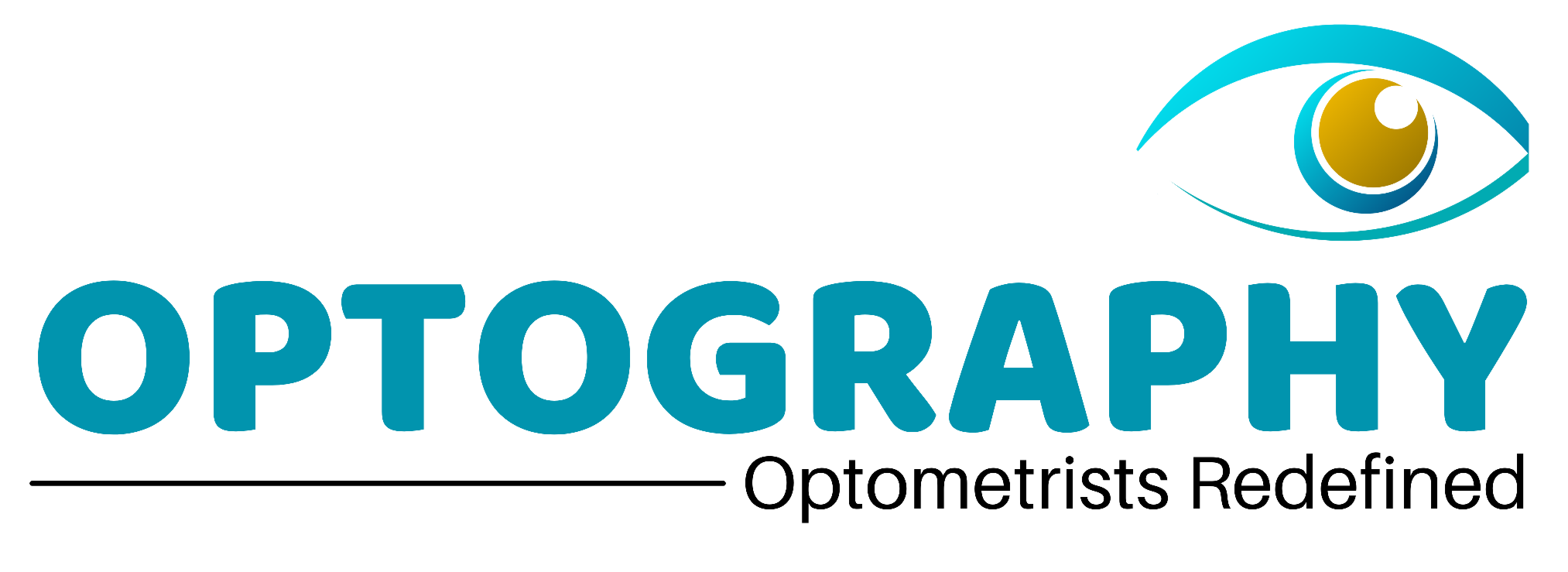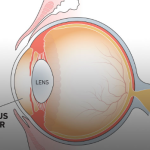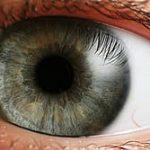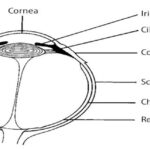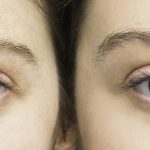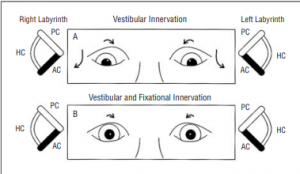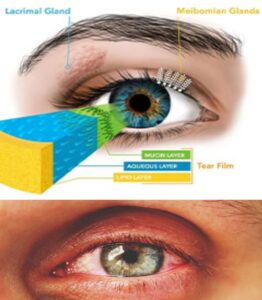Introduction
Aqueous humor is the clear liquid in the posterior and anterior chambers of the eye. It is produced by the ciliary processes, flows through the posterior chamber, then between the iris and lens through the pupil into the anterior chamber, and then leaves the eye through the trabecular and uveoscleral outflow pathways. The flow of aqueous humor serves two vital functions – it is the surrogate vascular system for the cornea and lens, delivering nutrients and removing metabolic waste for these avascular tissues, and it generates the intraocular pressure (IOP), which maintains the shape of the eye and sets the venous pressure for the intraocular circulations.
The secretion of aqueous humor against resistance generates an average intraocular pressure of
approximately 15mmHg . IOP is necessary to inflate the eye and maintain the proper shape and optical properties of the globe. The basic concept that impairment in aqueous humor outflow results in elevation of the IOP is a central tenet of glaucoma pathology and treatment.
Anterior chamber: The region of the eye between the cornea and the lens that contains aqueous humor.
Aqueous humor: The fluid produced in the eye.
Ciliary body: Part of the eye, above the lens, that produces the aqueous humor.
Cornea: The outer, transparent structure at the front of the eye that covers the iris, pupil
and anterior chamber.
Pupil: The adjustable opening at the center of the iris through which light enters the
eye.
Sclera: The tough outer coat that protects the entire eyeball.
Trabecular meshwork: Spongy tissue located near the cornea through which aqueous humor flows out of the eye.
Vitreous: Clear jelly-like substance that fills the eye from the lens to the back of the eye.
Movement of Aqueous Humor
The iris, ciliary body and choroid are part of the uvea. This is a layer of vascular tissue
that delivers blood supply to the ocular tissues. The ciliary body, specifically the pars
plicata (in the form of ciliary processes), is responsible for the production of aqueous
humor.
The aqueous humor is constantly produced into the posterior chamber and then flows
through the pupil into the anterior chamber (AC).
Production of Aqueous Humor
On average, the ciliary body produces around 2.5 μl of aqueous humor per minute.
The 3 processes that play a part in this production include:
a. Diffusion –
It is the movements of substance across semipermeable membrane along concentration gradient.
As aqueous humor passes from the posterior chamber to Schlemm’s canal, it is in contact with ciliary body, iris, lens, vitreous, cornea and trabecular meshwork.
In the process of aqueous production, the lipid soluble substances are transported by diffusion through the lipid portion of the cell membrane of the ciliary processes.
b. Ultrafiltration –
The process by which fluid and its solutes cross semipermeable membrane under pressure gradient is called ultrafiltration.
It refers to occurrence of dialysis under hydrostatic pressure.
In the process of aqueous formation, water and water-soluble substances flow through the protein part of the cell membrane in response to hydrostatic pressure.
c. Active secretion –
Secretion implies an active process that selectively transports some substances across the cell membrane.
It is postulated that majority of aqueous humor formation depends on active transport.
It is done by non-pigmented epithelial cells.
This mechanism is mediated by globular proteins in the membrane and requires the expenditure of energy.
Drainage of Aqueous Humor
From the AC, the aqueous fluid is drained through the trabecular meshwork into the canal of Schlemm, which then drains to episcleral veins. Schlemm’s canal (SC) is a circular structure, similar to a lymphatic vessel, that is located in the scleral sulcus right behind the corneoscleral junction. While the inner wall of SC communicates with the AC, the external portion communicates with the episcleral veins. While the majority of aqueous humor is drained via the trabecular meshwork,
approximately 10% exits through the uveoscleral route. The aqueous humor flows across the iris and anterior side of the ciliary muscle through the sclera into the suprachoroidal space, an area between the sclera and choroid.
1. TRABECULAR OUTFLOW
The major drainage structure for aqueous humor are the conventional or trabecular outflow pathway.
75-90% of the total aqueous is drained through this route. It is comprised of the trabecular meshwork (made by uveal and corneoscleral meshwork), the juxtacanalicular connective tissue (JCT), Schlemm’s canal, collector channels and Episcleral vein.
The TM outflow pathway is critical in providing resistance to aqueous humor outflow and in generating intraocular pressure (IOP).
Free flow of aqueous occurs from the trabecular meshwork in the angles of anterior chamber upto juxtacanalicular tissue.
It along with the inner wall of the Schlemm’s canal appears to provide some resistance to the outflow.
2. UVEOSCLERAL OUTFLOW
The uveoscleral outflow is responsible for 10-25% of the total aqueous humor outflow.
Aqueous passes across the ciliary body into the suprachoroidal space.
It is drained by the venous circulation in the ciliary body, choroid, sclera and into the orbital tissues.
Uveoscleral outflow is approximately 0.3 ml.
The uveoscleral outflow is decreased by contraction and increased by relaxation of the ciliary muscles.
Prostaglandins may decrease the intraocular pressure by increasing the uveoscleral outflow.
Two mechanisms seem to contribute to this effect: relaxation of the ciliary muscle and changes in extracellular matrix, causing decreased resistance in the uveoscleral outflow routes.
FLOWCHART OF AQUEOUS HUMOUR DRAINAGE
